A Travel Guide to Visiting The Amazon Rainforest
Into the Wild: A Guide to the Amazon Gateways
An experience of a lifetime awaits you at the wild heart of the largest rainforest on Earth.
The largest rainforest on Earth, the Amazon rainforest spans across nine rapidly developing countries and covers almost 40% of South America. The vast, untamed wilderness is home to more than 40,000 species of birds, 400 species of mammals, several thousand species of birds and more than 2.5 million insects. The 1.4 billion acres of dense forests contain 1 in 10 species in the world, almost 50% of all living species. The Amazon River, one of the longest rivers in the world with a length of 6,575km, winds around the forests. Known as the lungs of the world, the rainforest contains around 100 billion metric tons of carbon, helping stabilize the local and global climate.
Exploring the Amazon rainforest is high on many people’s bucket list and tourism flourishes in the countries sharing the forest. While most of the forest falls in Brazil, there are equally stunning gateways on the Ecuadorian and Peruvian sides as well. Given the sheer size of the forests, it is easy to feel overwhelmed.
Here is a comprehensive travel guide to the main gateways and sights of this vast, vivid wilderness.
1. Manaus, Brazil
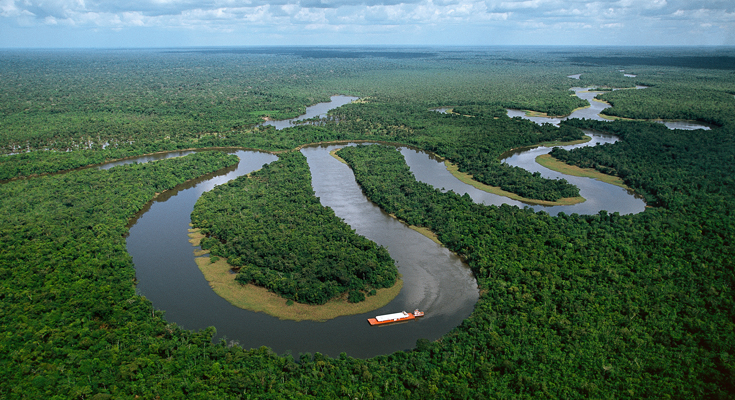
Located deep within the Amazon rainforest, Manaus allures adventure seekers from all over the world, who want to experience both the culture and the thrills of the forest. Brazil’s main gateway to the Amazon, Manaus is only accessible by plane or boat. While there are other local sights such as the Manaus Opera House and the Province Palace, its proximity to the Central Amazon Biosphere is what makes it an ideal destination for the adventurous traveler.
There are plenty of operators offering one day or multi day cruises on the Amazon River, ranging from luxurious to the budget. The area is also dotted with jungle lodges which offer amazing experiences such as canoeing and jungle treks.
While the other main gateways are set along one of the smaller tributaries of the Amazon, Manaus allows you to witness the grandeur of the river. About 10 kms from the port, you can come across the ‘Meeting of the Waters’ or the ‘Encontro das Aguas’, where two tributaries of the river meet. The dark waters of the Rio Negro converge with the sandy waters from the upper Amazon, called the Rio Solimoes. Although the waters meet, they do not mix and winds sneakily along each other, forming a polychromatic periphery that is even visible from space.
2. Leticia, Colombia
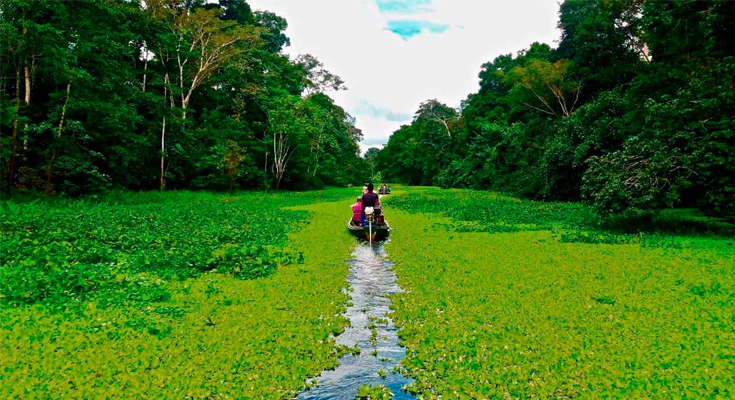
Leticia is the major capital of the Colombian Amazon, on the triple border of Colombia, Peru and Brazil. Sitting at the southernmost point of Colombia, Leticia is quite a bustling city and is the base for a large number of Amazon expeditions and adventures. Situated at the concourse of three countries, the culture and food is as diverse as the local wildlife. A stepping stone for the tropical rainforest, Leticia has plenty of remote jungle lodges and indigenous communities.
Monkey Island or the Isla de los Micos is the perfect place to start your journey. The riverine island, a natural reserve, is home to almost 5000 squirrel monkeys. Here, the indigenous animals are free from captivity and exploitation and have become quite relaxed around their human visitors.
There is also the Victoria Regia Natural Reserve, named after Victoria Regia or the Victoria Amazonica that are found there. One of the Amazon’s most iconic plants, these giant floating lilies can reach upto three metres in diameter and can easily hold a human baby.
The location of Leticia also makes it the perfect spot to watch Amazonian birds. You can see native species such as the Orange headed Tanager, Band Tail and Casque Oropendolas all over the city.
3. Iquitos, Peru
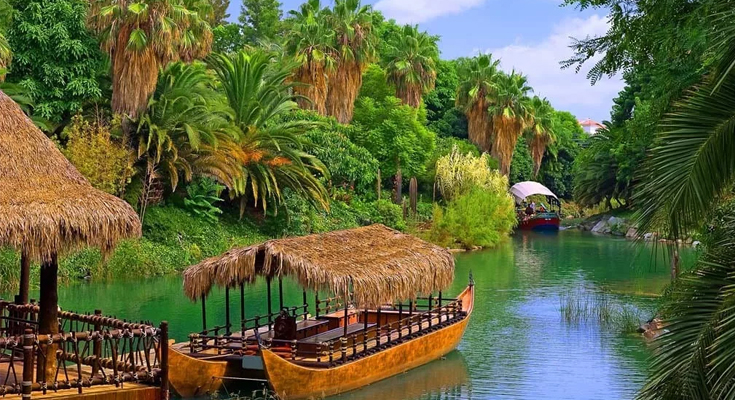
One of Peru’s primary jungle retreats and its main gateway to the Amazon, Iquitos is one of a kind. Here, you will find an iron house, colorful butterflies, friendly manatees and cheeky monkeys. You will also come across friendly locals, many of whom belong to the indigenious communities of the Amazon.
In the southern side lies a floating village of Belen. An Amazonian settlement, Belen seems to be untouched by the passage of time. Boating tours are frequent here, and you can stop by the Belen market and Pasaje Paquito, where you can buy indigenous Amazonian herbs and medicines, such as Ayahuasca.
There are plenty of jungle lodges and hostels and is the perfect spot to begin your Peruvian Amazon adventure.
4. Coca, Ecuador
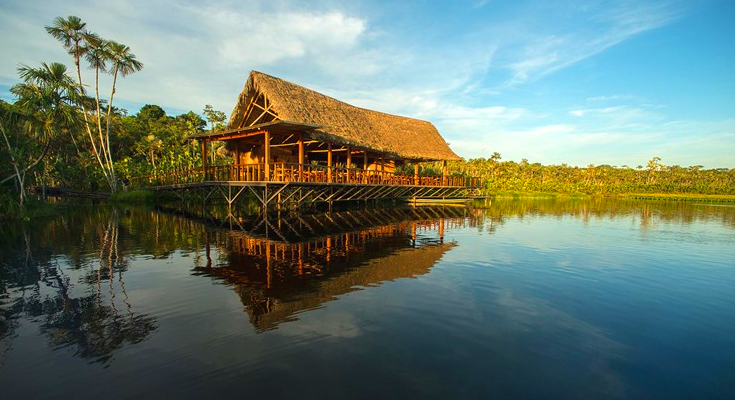
Ecuador’s gateway to the Amazon, the small city of Coca is located at the confluence of the rivers Rio Napo and Rio Coca. Due to its remoteness, Coca is not thronged with crowds unlike the other tourist cities of Ecuador. Coca is only explored by those who want to experience the vivid Ecuadorian Amazon. There are plenty of jungle lodges in the outskirts of the city that can be reached by road. But the true jungle experiences lie deep in the wilderness and can only be reached by boat. On guided excursions, you can spot species such as giant otters, piranhas and crocodiles in the thick forests and murky waters. Head further down south into the depths of the jungle and visit the Yasuni National Park and the Cuyabeno Wildlife Reserve.
5. Puerto Maldonado, Perú
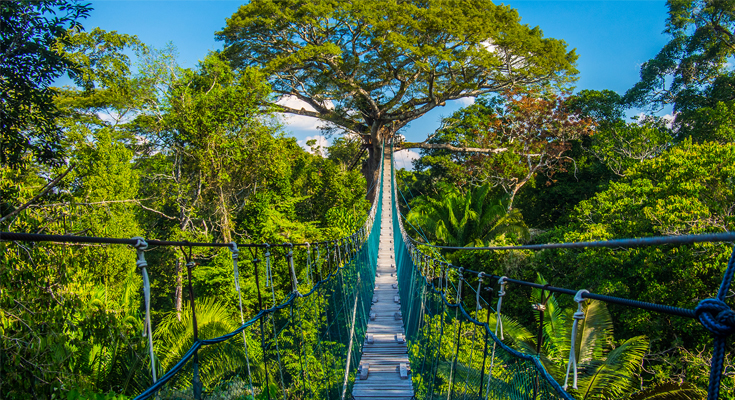
A remote settlement in South Eastern Peru on the confluence of the rivers Rio Madre de Dios and Rio Tambopata, is a popular gateway to the Amazon with strong links to the Cusco region. Over thirty years, it has changed from the sleepy outpost to a market town and is one of the main Amazonian gateways of Peru.
You can go for excursions, exploring the depths of the Amazon tributaries from one of the operators in the city. These include river cruises, jungle treks and spending the nights in one of the jungle lodges.
In close proximity lies the Tambopata National Reserve, one of the wildlife richest and biodiverse regions in the world. The Reserva Nacional Tambopata covers almost 300 hectares of the Peruvian Amazon, and provides refuge to a plethora of flora and fauna. The reserve is also home to a number of endangered species and native communities.
There are a few lodges within the reserve if you’d wish to spend a night. There is also an observation tower which gives you incredible panoramas of the Amazon. The reserve hosts the world’s largest known parrot clayclick, clay deposit rich in minerals where hundreds of birds and animals come for food. You can spot macaws, river wolves, jaguars, spider monkeys and the other exotic species here.
For an ultimate adventure getaway, a popular option is clubbing this with a trip to the Machu Picchu, in the Cusco region. You can go for all that Peru has to offer, from the Amazon to the Andes from this remote town.
Best Time to Visit the Amazon

The Amazon can be explored all year round. Despite its size, the weather conditions remain nearly constant - warm, rainy and humid. In the wet season of January to July, the forest is cooler with temperatures between 26 degrees to 30 degrees Celcius and the river levels are higher. This makes river access easier and you can easily go swimming at this time. However, increased humidity also increases the number of mosquitoes you have to deal with.
The dry season spans from July to December with temperatures around 26 to 40 degree Celcius. The rivers are usually drier in this time and rainfall is much lesser. This makes this season ideal for jungle treks. However, there is always a chance of rainfall in the Amazon.
How to Get There
The sheer size of the Amazon can make travel planning quite a task. Spanning across nine countries, it is most prominent in Brazil. If you want to see the vastness of the forest, flying into Manaus from any Brazilian city is the best option. For a cost effective and biodiverse tour, choose the Peruvian Amazon. There are regular flights to both Iquitos and Puerto Maldonado from Lima and Cusco. A preferred route among tourists is taking a flight from Lima to Iquitos and then sailing down to Puerto Maldonado.
Conclusion
The Amazon Rainforest is a thrill seeking traveler's delight. From river explorations into the heart of the jungle to nights in jungle lodges and getting up, close and personal with the endemic wildlife, the Amazon Rainforest is an adventure of a lifetime.
Recent Blogs

Baku & Azerbaijan Visa for Indians: Key Facts and Updates You Should Know
- by Dook
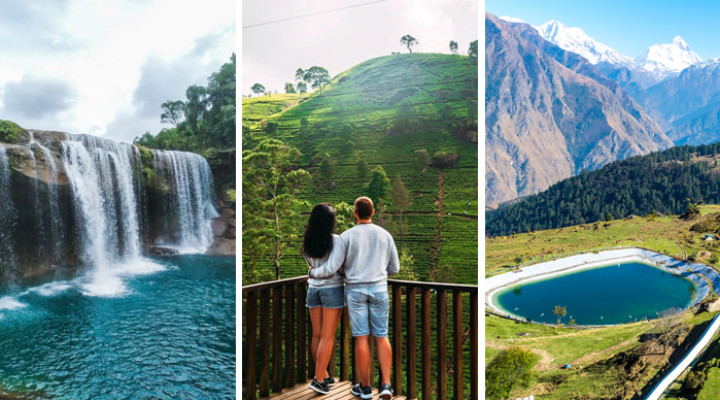
20 Best Places to Visit in Summer in India
- by Dook
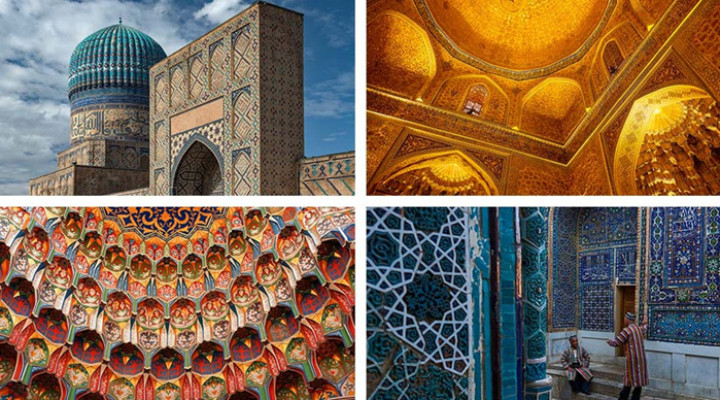
Uzbekistan Travel Guide: Everything You Should Know Before Going
- by Dook
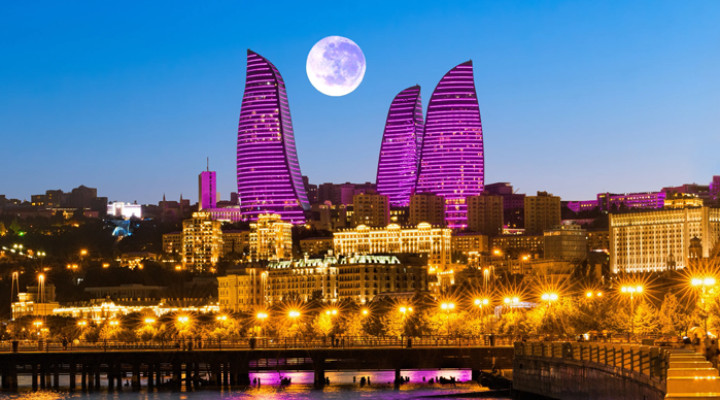
Why Baku is the Hot Destination for Indian Travelers
- by Dook

Schengen-style Central Asian Visa? Kyrgyzstan Plans Unified Visa for Central Asia
- by Dook
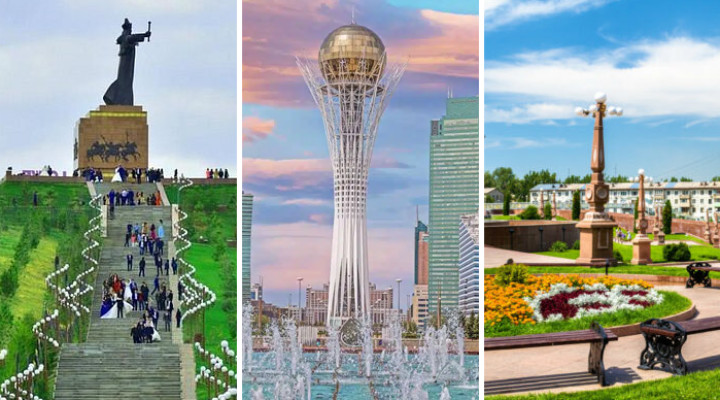
Kazakhstan Travel Guide: Insights for an Unforgettable Getaway
- by Dook
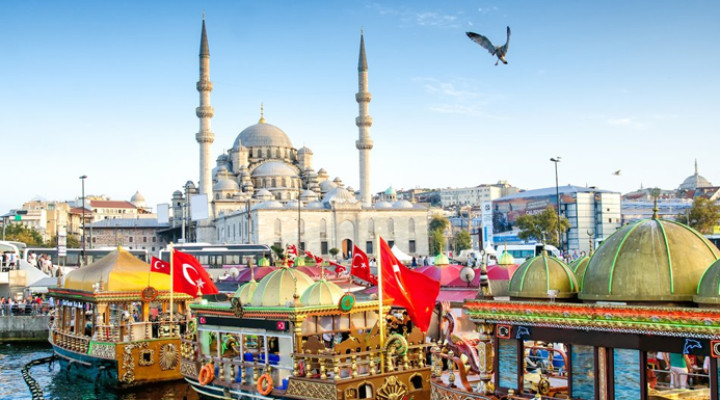
Best Time to Travel to Turkey for a Fantastic Getaway
- by Dook

Best Time to Visit Russia to Experience the Magic of the Seasons
- by Dook
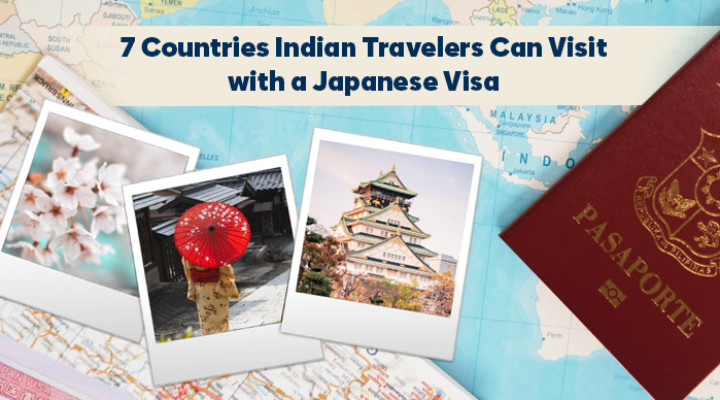
7 Countries Indian Travelers Can Visit with a Japan Visa
- by Dook
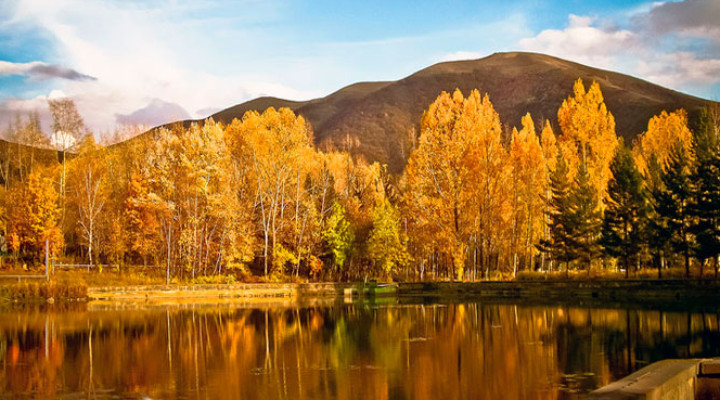
Best Time to Visit Armenia for an Unforgettable Experience
- by Dook
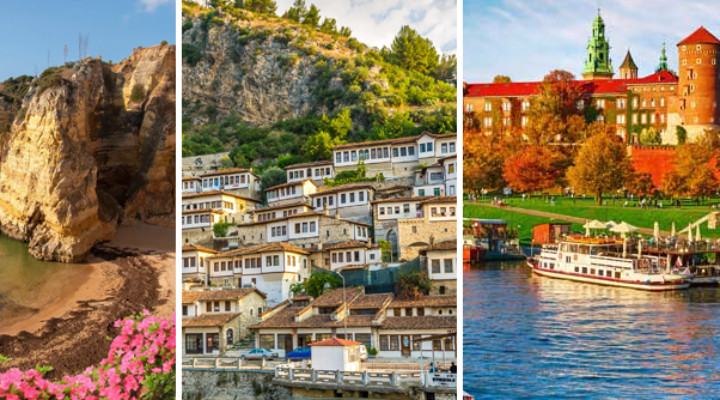
14 Cheapest European Countries to Visit This Year
- by Dook
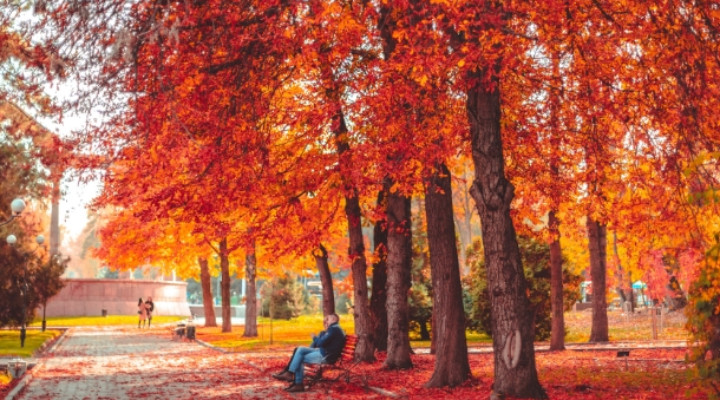
Best Time to Visit Kyrgyzstan for the Ultimate Adventure
- by Dook

15 Top Places to Visit in Da Nang Vietnam
- by Dook
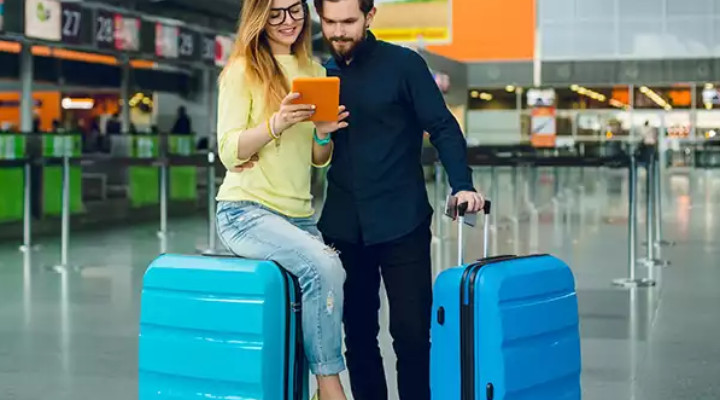
Visa on Arrival Countries for Indian Travelers
- by Dook
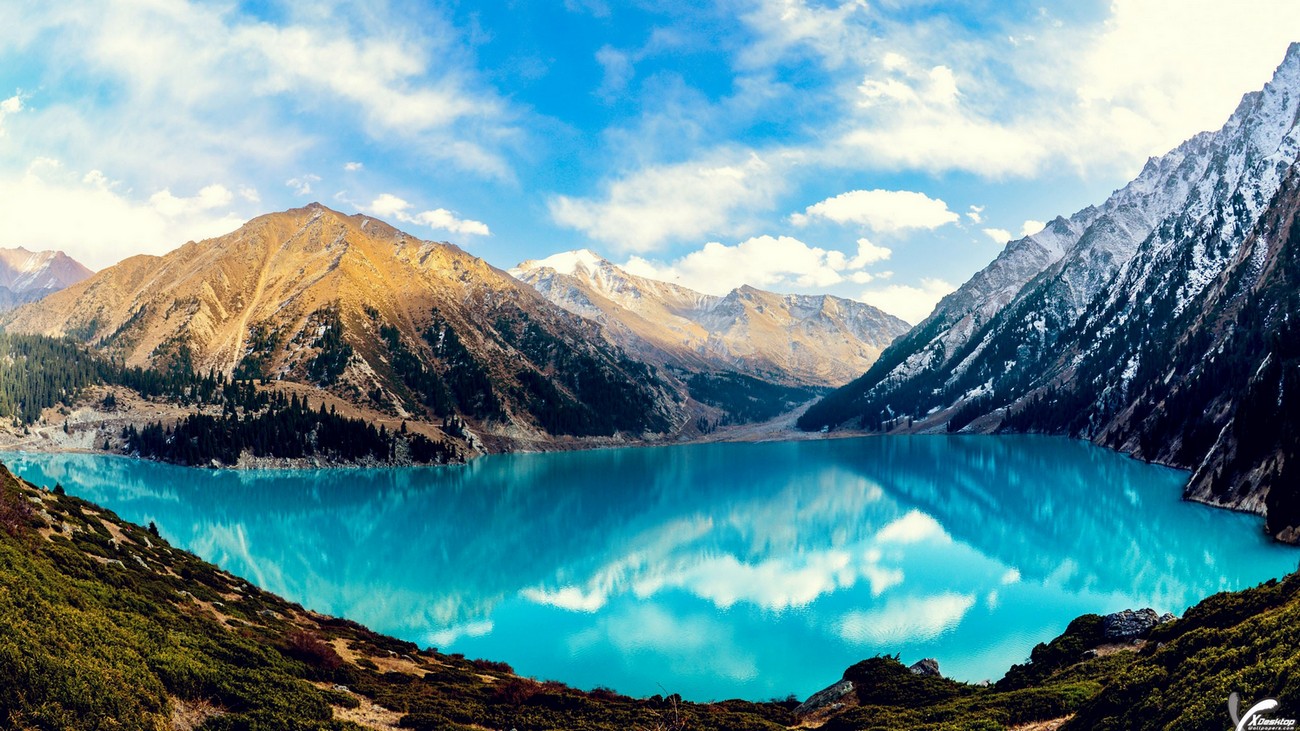
Big Almaty Lake: A Treasure Trove of Kazakhstan
- by Dook

CIS Countries: Unveiling the Top Travel Destinations to Explore
- by Dook
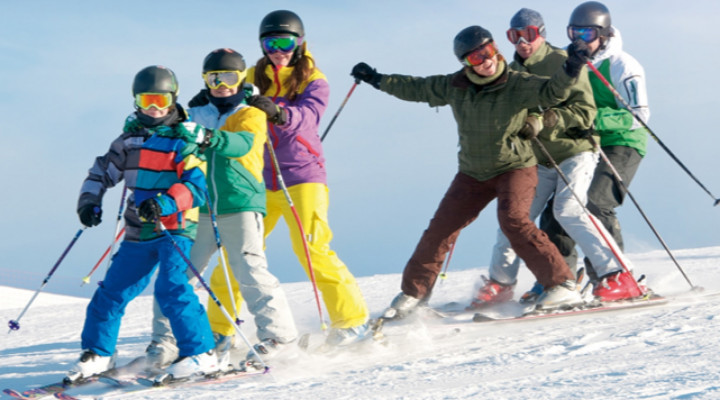
Best Time to Visit Azerbaijan & Baku
- by Dook
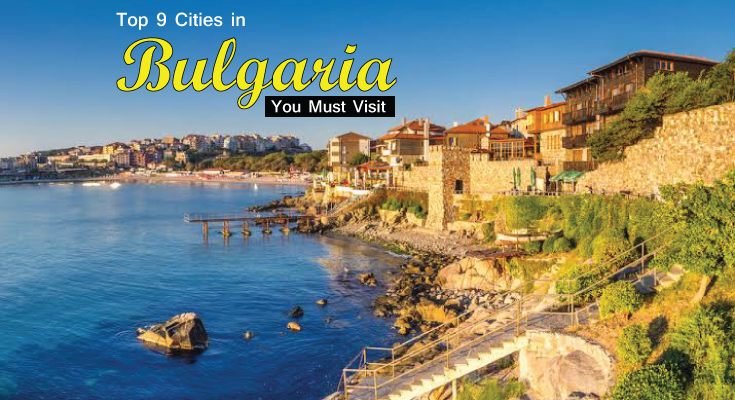
9 Best Cities in Bulgaria to Visit
- by Dook
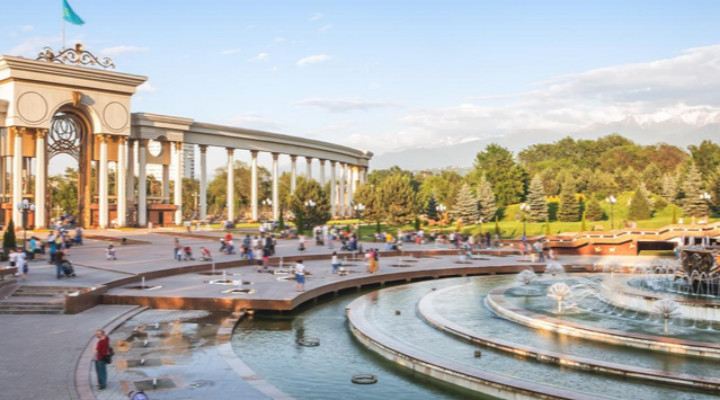
Best Time to Visit Kazakhstan: A Seasonal Guide
- by Dook

5 Stans Tour: Your Ultimate Guide to the Diverse Wonders of Central Asia
- by Dook
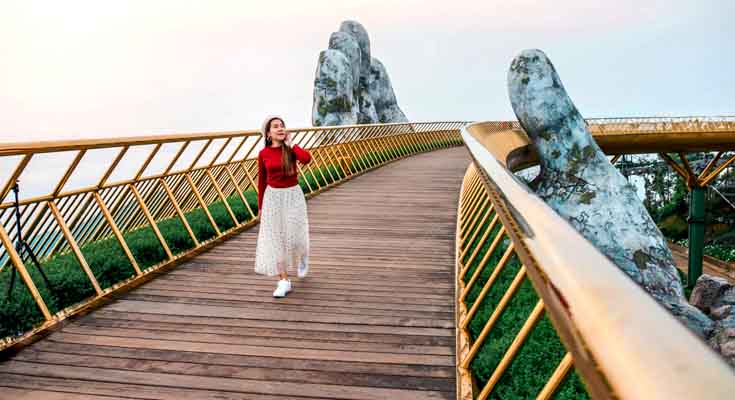
30 Best Things To Do in Vietnam
- by Dook
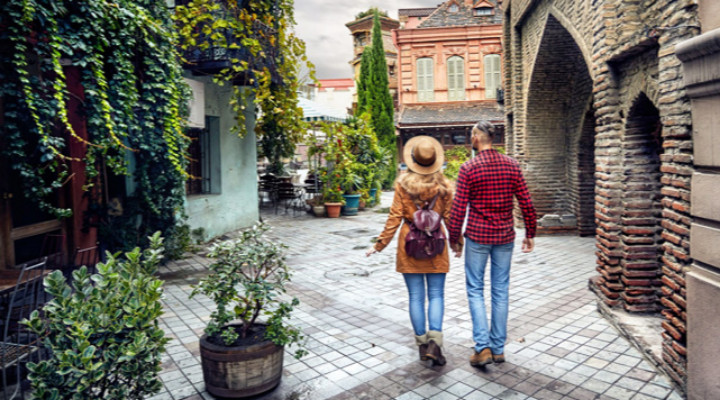
Top 10 Romantic Getaways in Georgia that You Shouldn’t Miss
- by Dook

20 Top Places to Visit in Andaman & Nicobar
- by Dook
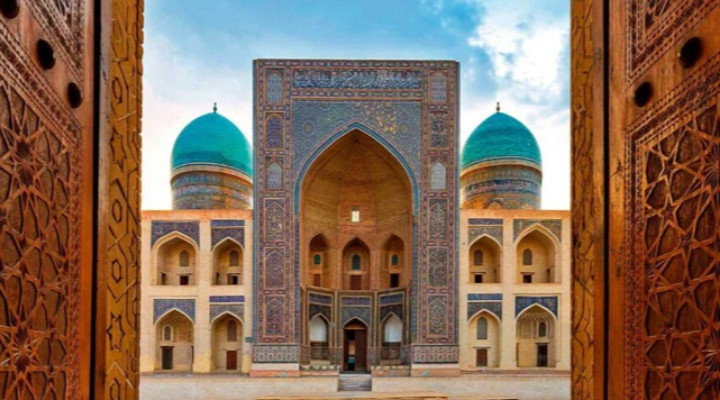
Best Time to Visit Uzbekistan: A Guide for Globetrotters
- by Dook
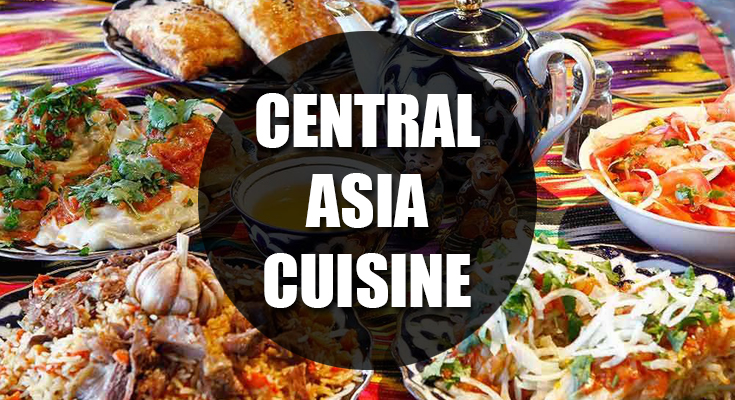
24 Most Popular Central Asian Cuisines and Food
- by Dook

Georgia in Summer: The Best Time to Visit and Why You Should Go
- by Dook
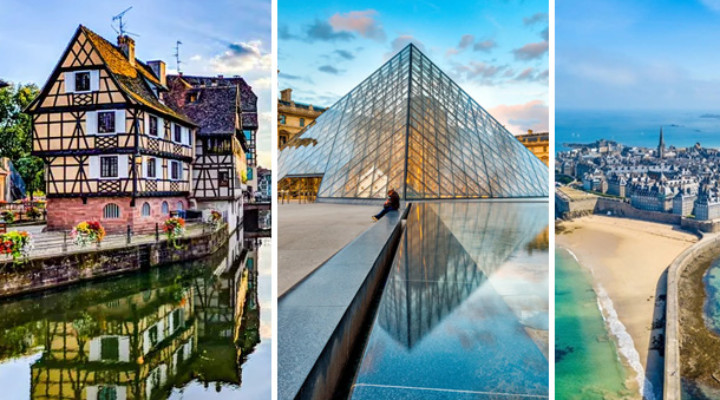
20 Elegant Cities in France You Must Visit
- by Dook

20 Most Romantic Cities in Europe
- by Dook

Honeymoon in Georgia: A Perfect Getaway to Create Unforgettable Memories
- by Dook

